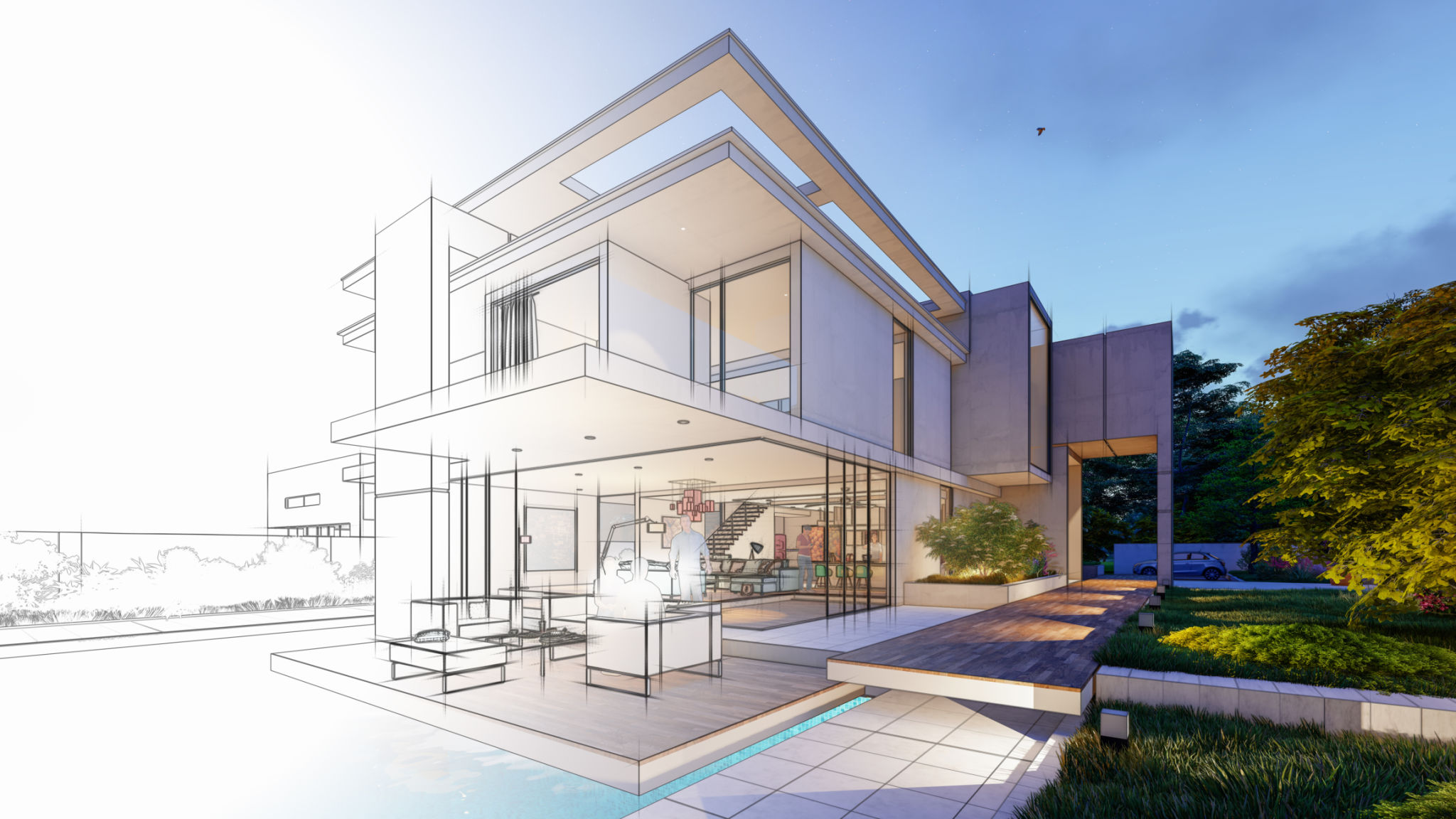Understanding Emerging Technologies in Architecture: A Guide for AECO Professionals
The architecture, engineering, construction, and operations (AECO) industry is undergoing a transformative shift, driven by the advent of emerging technologies. These innovations are not only reshaping how buildings are designed and constructed but also how they are managed and maintained over their lifecycle. For AECO professionals, understanding these technologies is crucial to stay competitive and deliver enhanced value to clients.

What Are Emerging Technologies in Architecture?
The term "emerging technologies" in architecture encompasses a wide range of tools and methodologies that are changing the traditional approaches to building design and construction. From advanced software solutions that enhance design precision to sustainable materials that contribute to environmental conservation, these technologies are paving the way for smarter, more efficient projects.
Building Information Modeling (BIM)
One of the most significant advancements in the AECO industry is Building Information Modeling (BIM). BIM allows for the creation of detailed 3D models that provide comprehensive insights into a building's components and systems. This technology facilitates better collaboration among stakeholders, reduces errors, and enhances project efficiency.

Artificial Intelligence and Machine Learning
Artificial Intelligence (AI) and Machine Learning (ML) are increasingly being integrated into architectural practices. These technologies are used for predictive analytics, optimizing design processes, and automating repetitive tasks. For example, AI can analyze vast data sets to predict energy usage patterns, while ML algorithms can suggest design improvements based on historical project data.
The Role of Sustainability
Sustainability is a critical consideration in modern architecture, and emerging technologies play a pivotal role in achieving greener designs. Innovations such as energy-efficient materials, smart building systems, and renewable energy solutions are at the forefront of sustainable architecture. These technologies not only reduce environmental impact but also result in cost savings over the building's lifecycle.

Virtual Reality (VR) and Augmented Reality (AR)
Virtual Reality (VR) and Augmented Reality (AR) have opened up new possibilities for architectural visualization and client engagement. By providing immersive experiences, these technologies allow clients to virtually walk through a project before it is built. This enhances communication and ensures that design expectations align closely with the final outcome.
Automation and Robotics in Construction
The construction phase is also witnessing a revolution with automation and robotics. Drones are being used for site surveys and inspections, while robotic systems are employed for tasks ranging from bricklaying to concrete pouring. These technologies improve safety, precision, and speed in construction activities.

The Integration of IoT
The Internet of Things (IoT) is being increasingly utilized in smart building management. IoT devices collect data on various building parameters such as temperature, humidity, and occupancy. This data is then used to optimize building operations, improve energy efficiency, and enhance occupant comfort.
In conclusion, the integration of emerging technologies in architecture presents both opportunities and challenges for AECO professionals. By embracing these innovations, professionals can improve project outcomes, drive sustainability efforts, and meet the evolving demands of clients. Staying informed about technological advancements is essential for navigating this dynamic landscape successfully.
